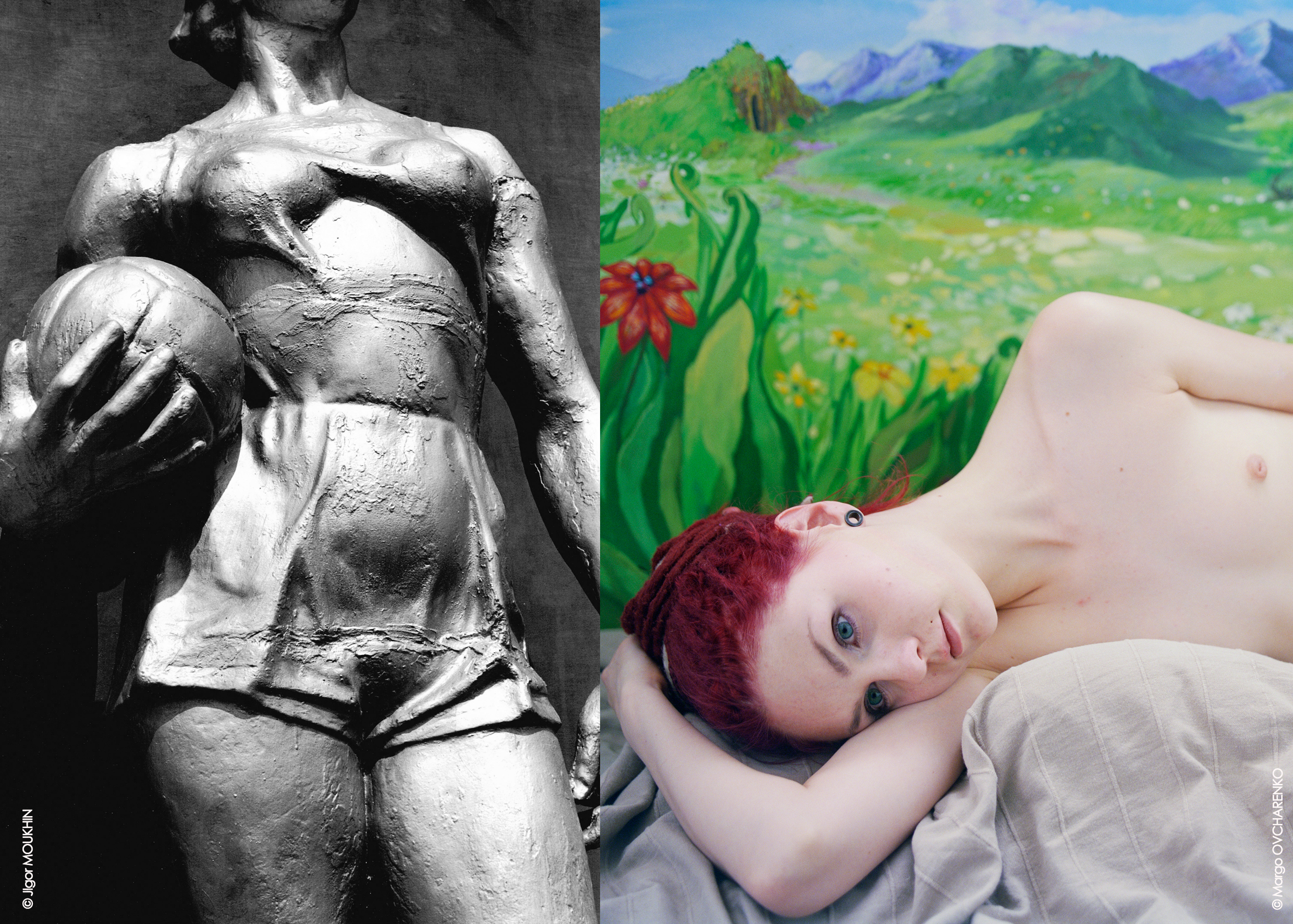

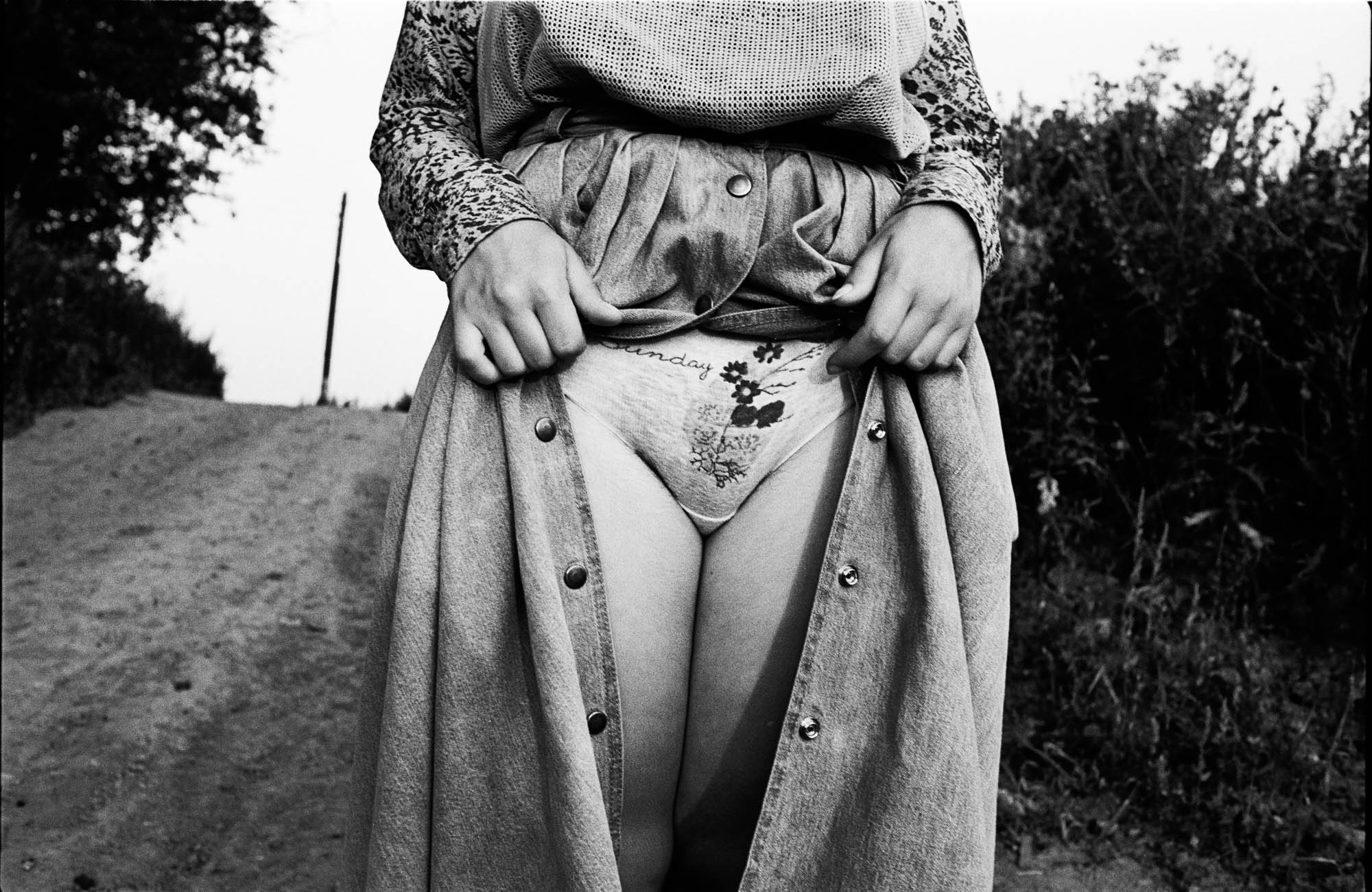
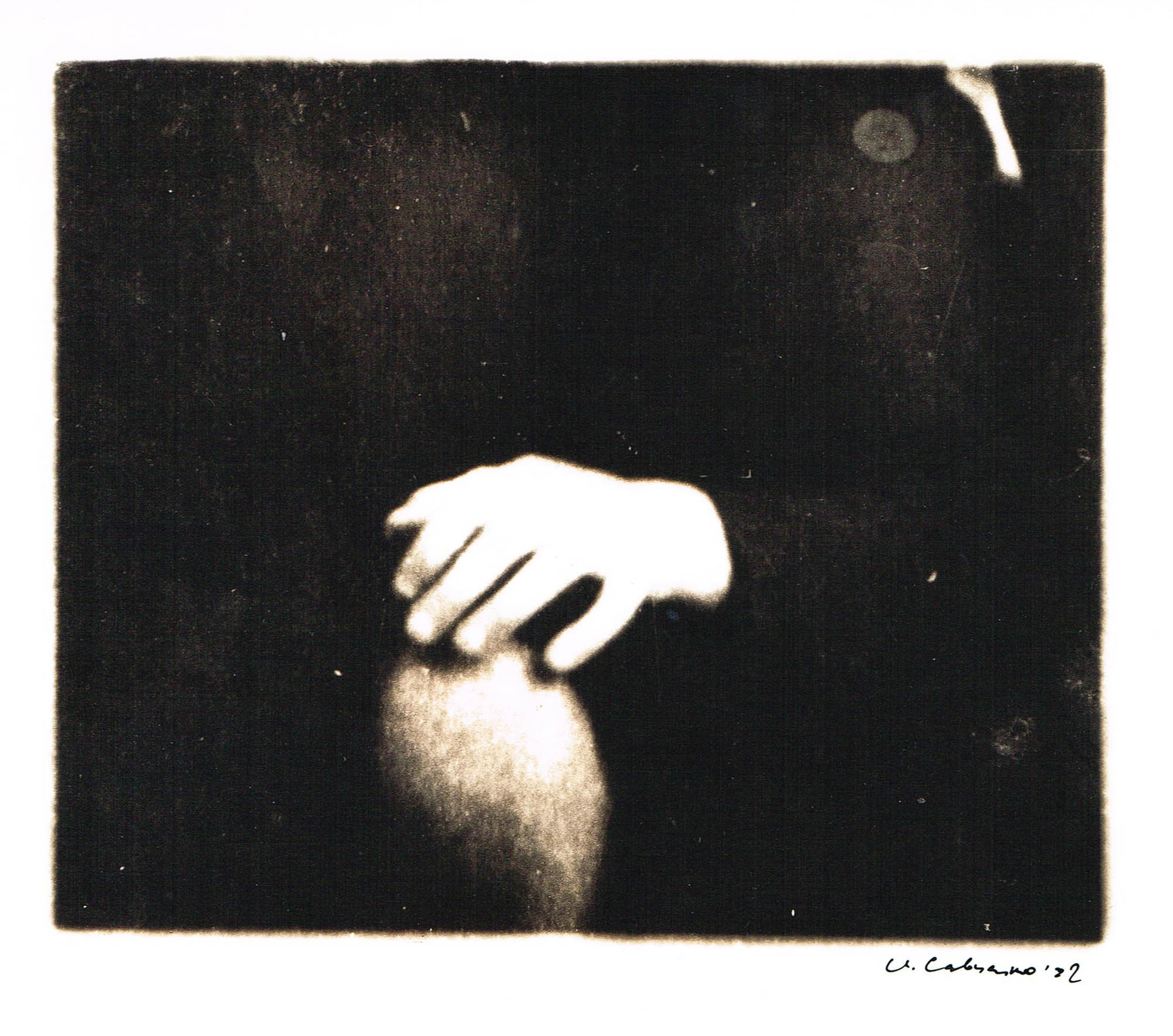

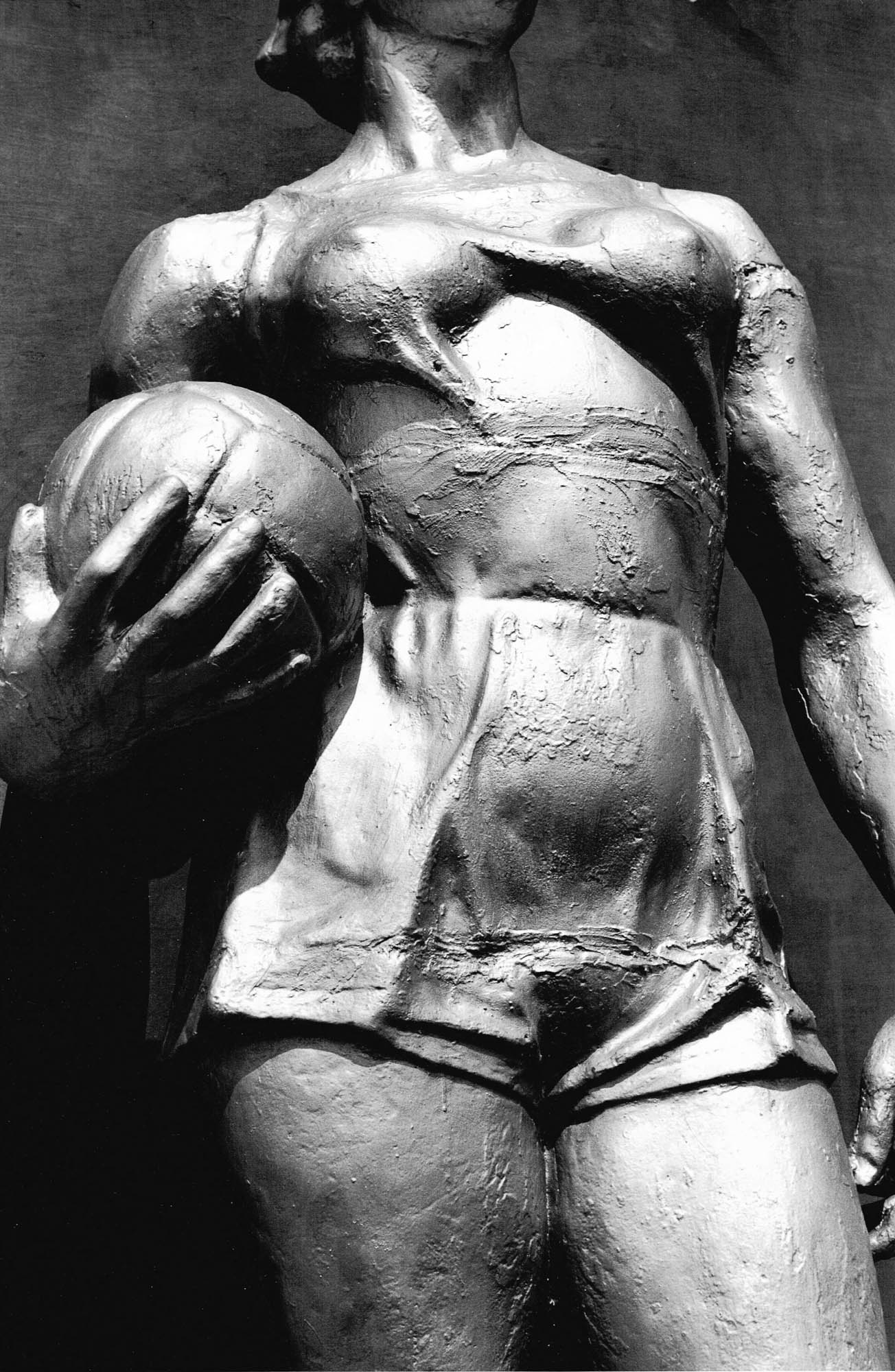

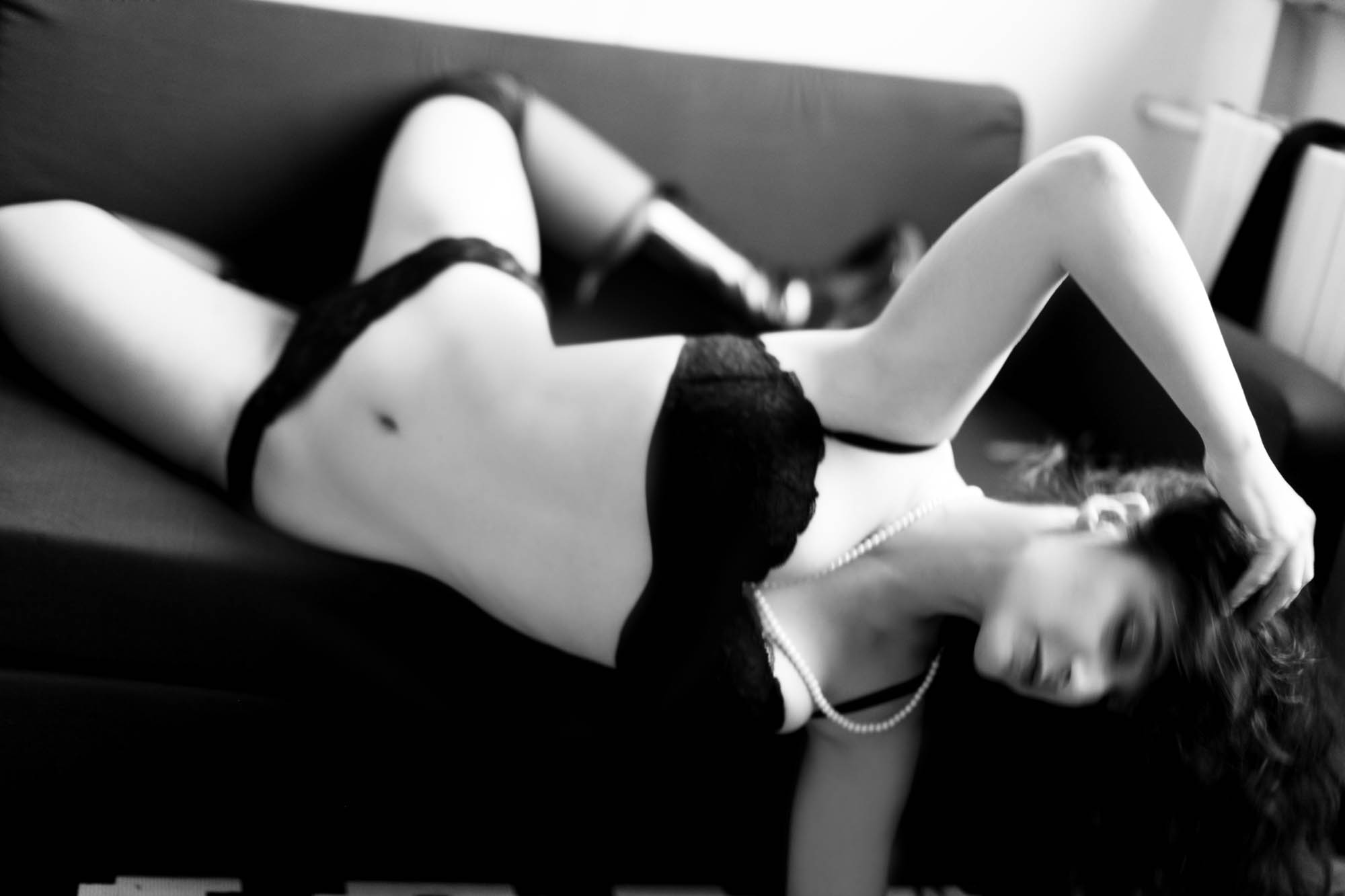

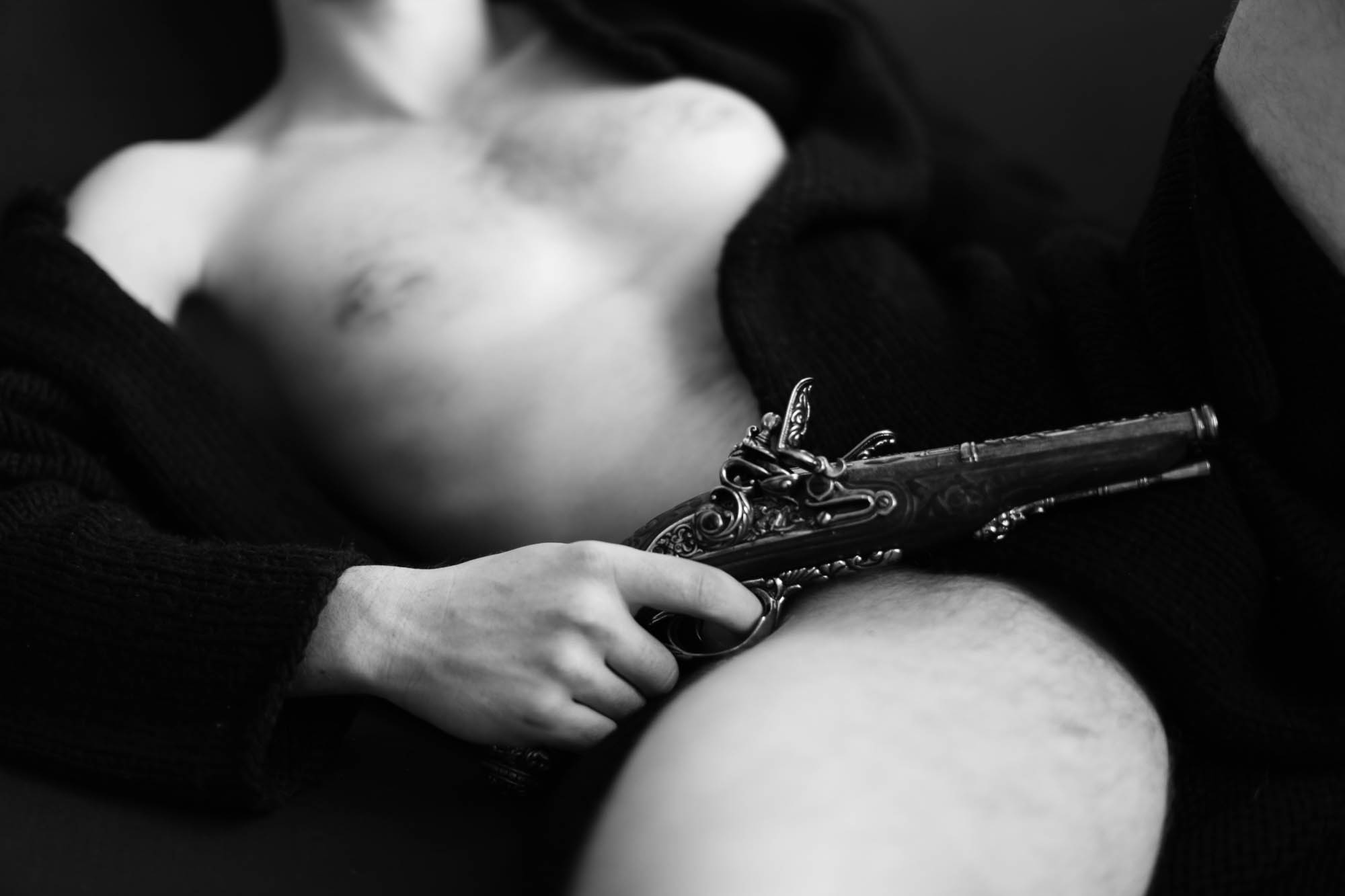
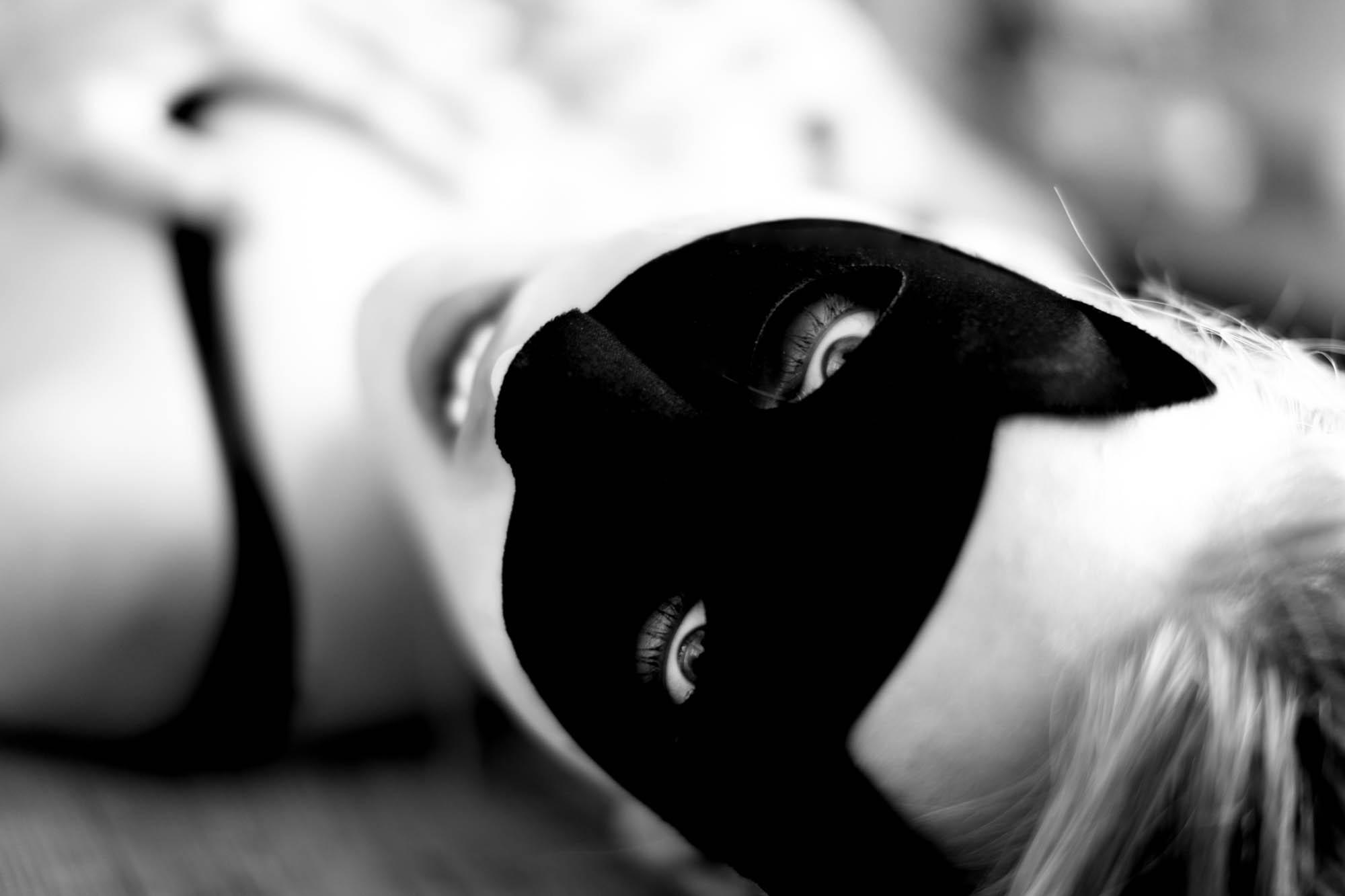
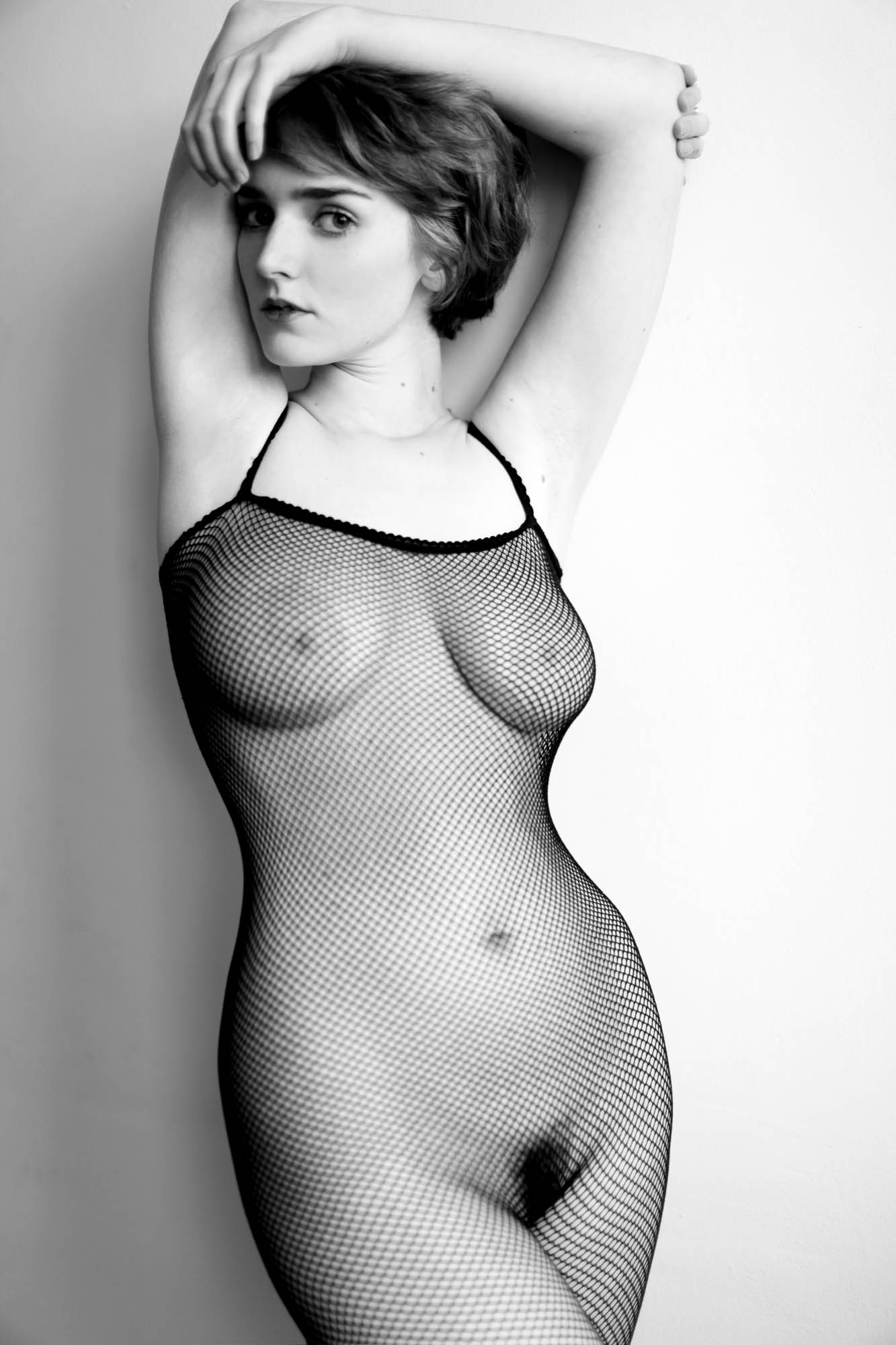

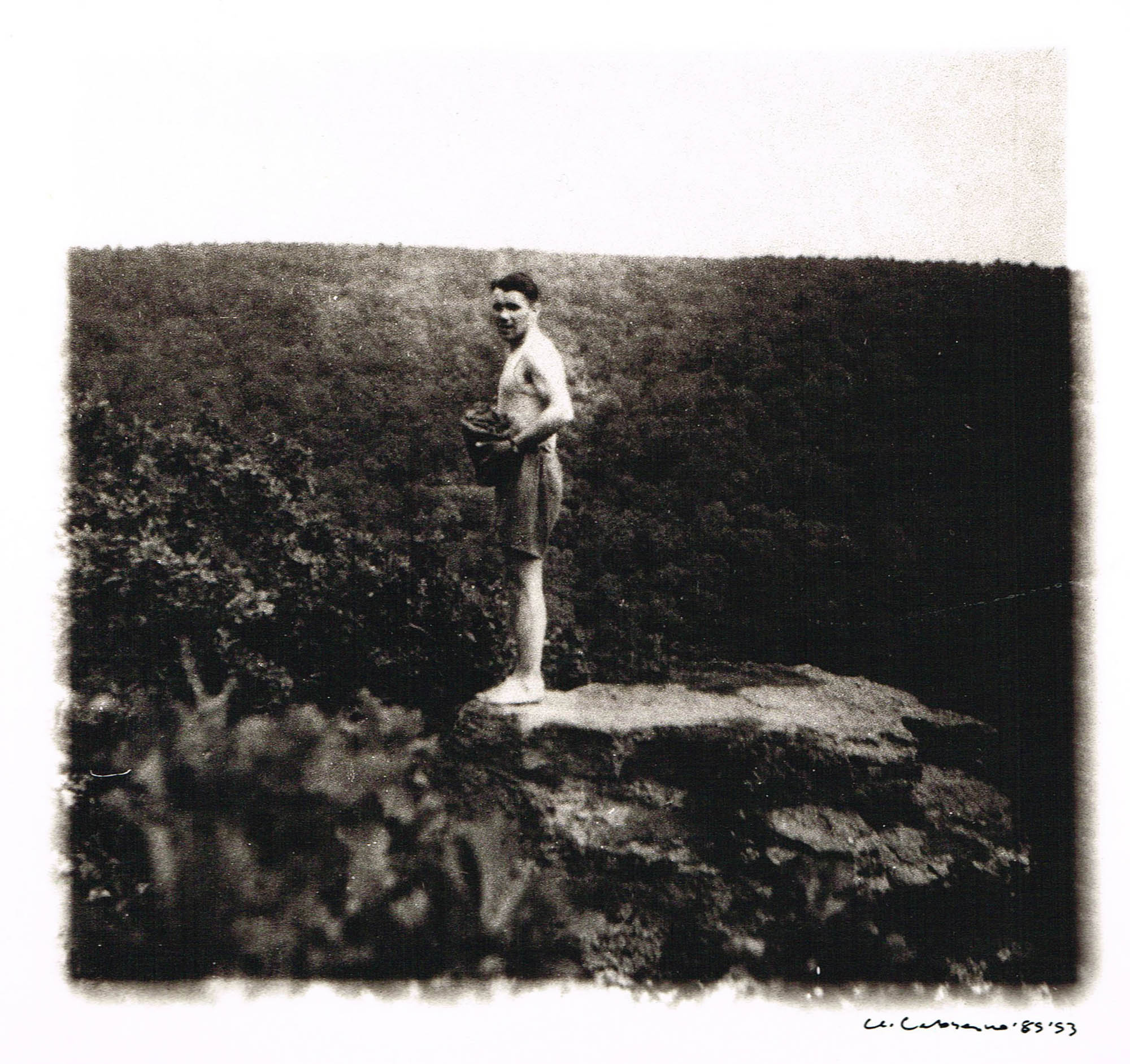


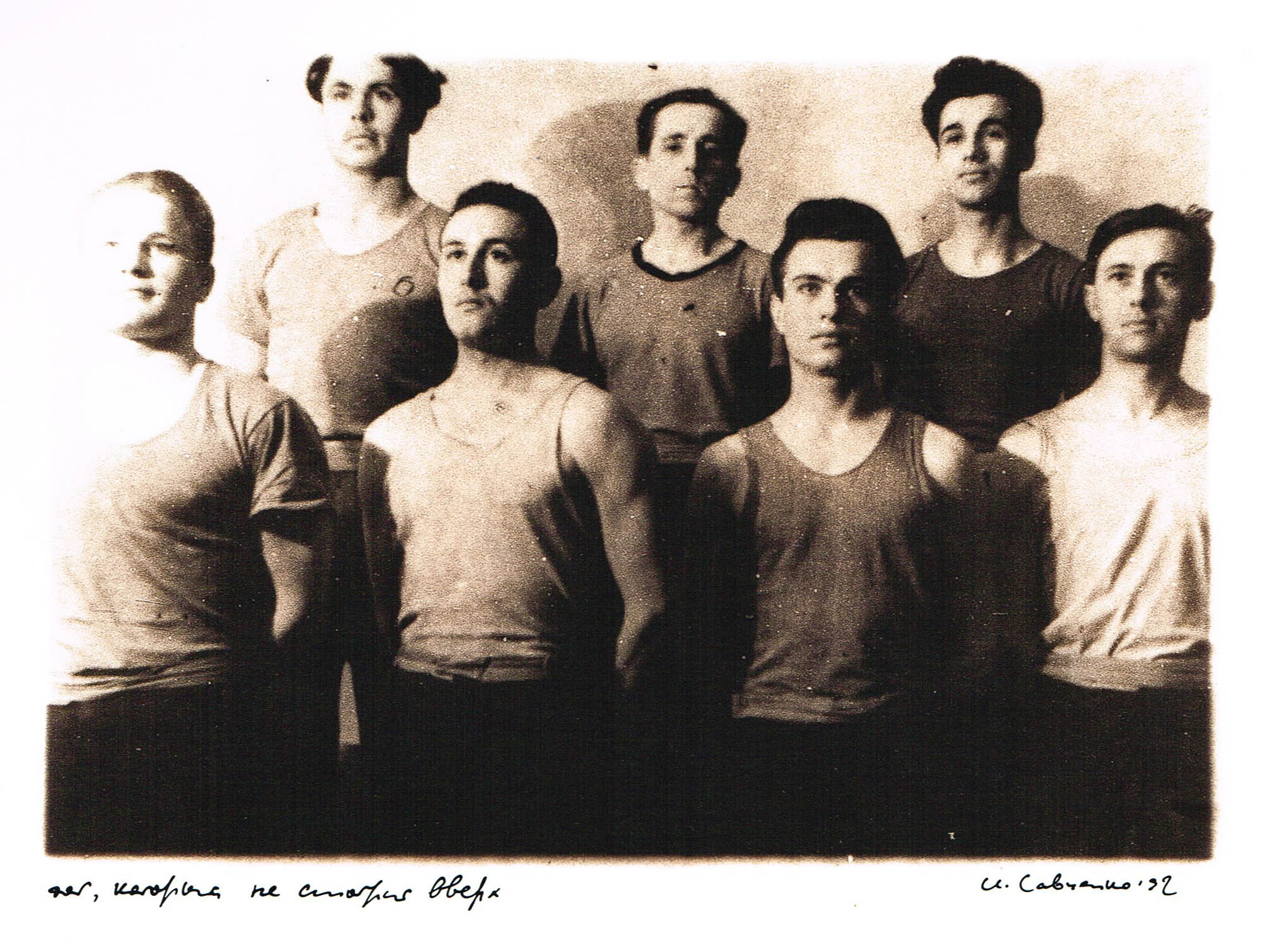


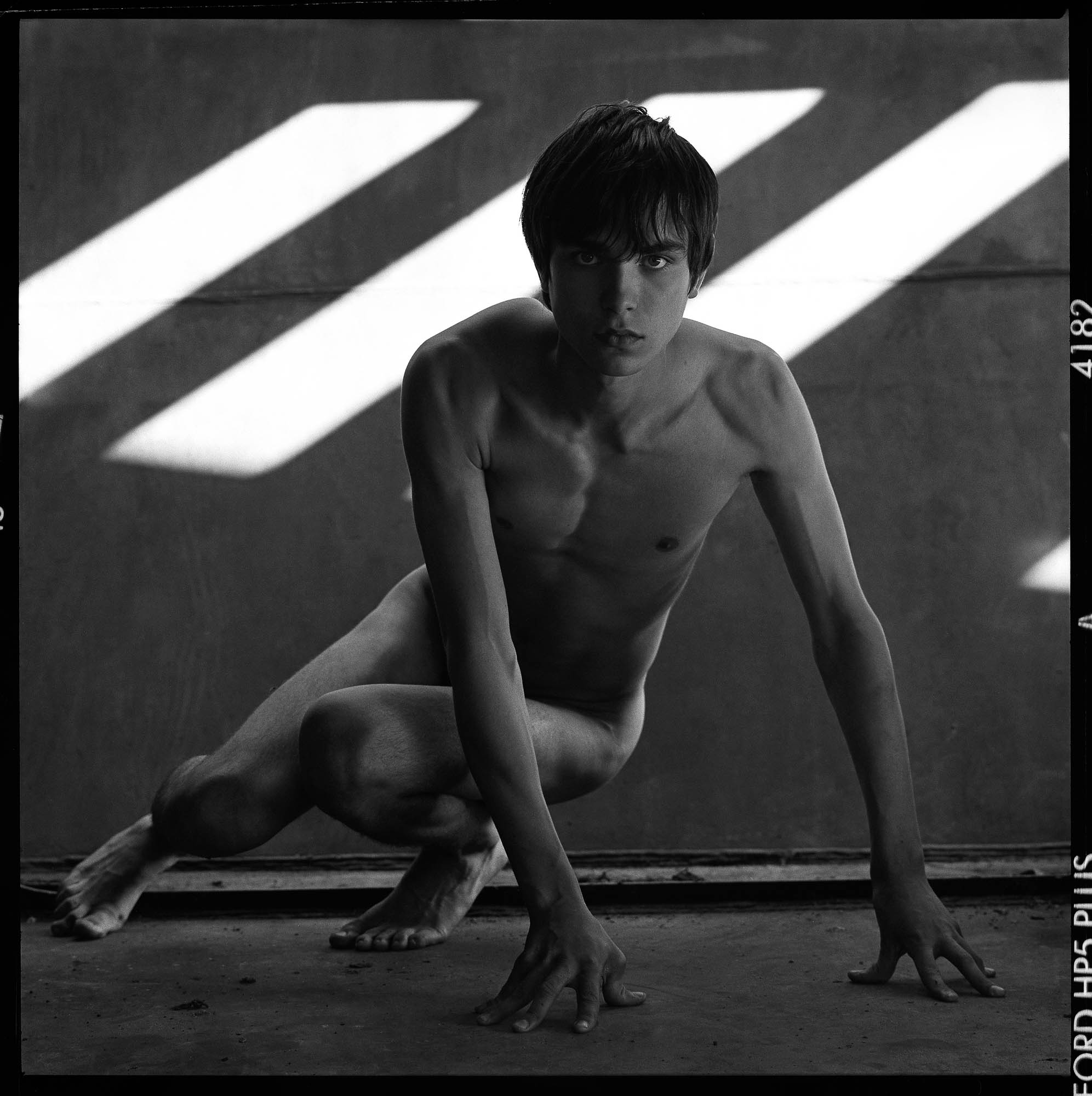



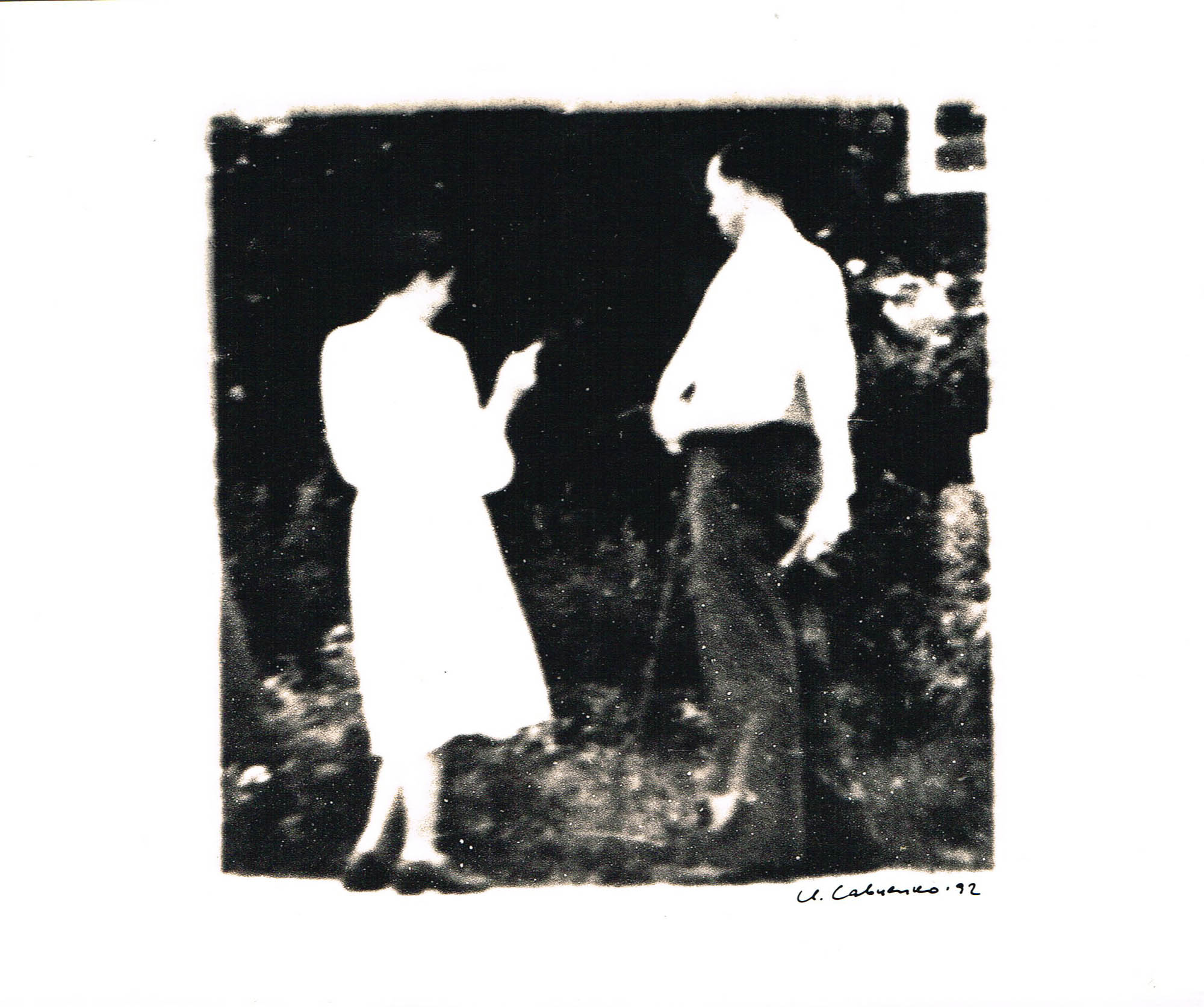
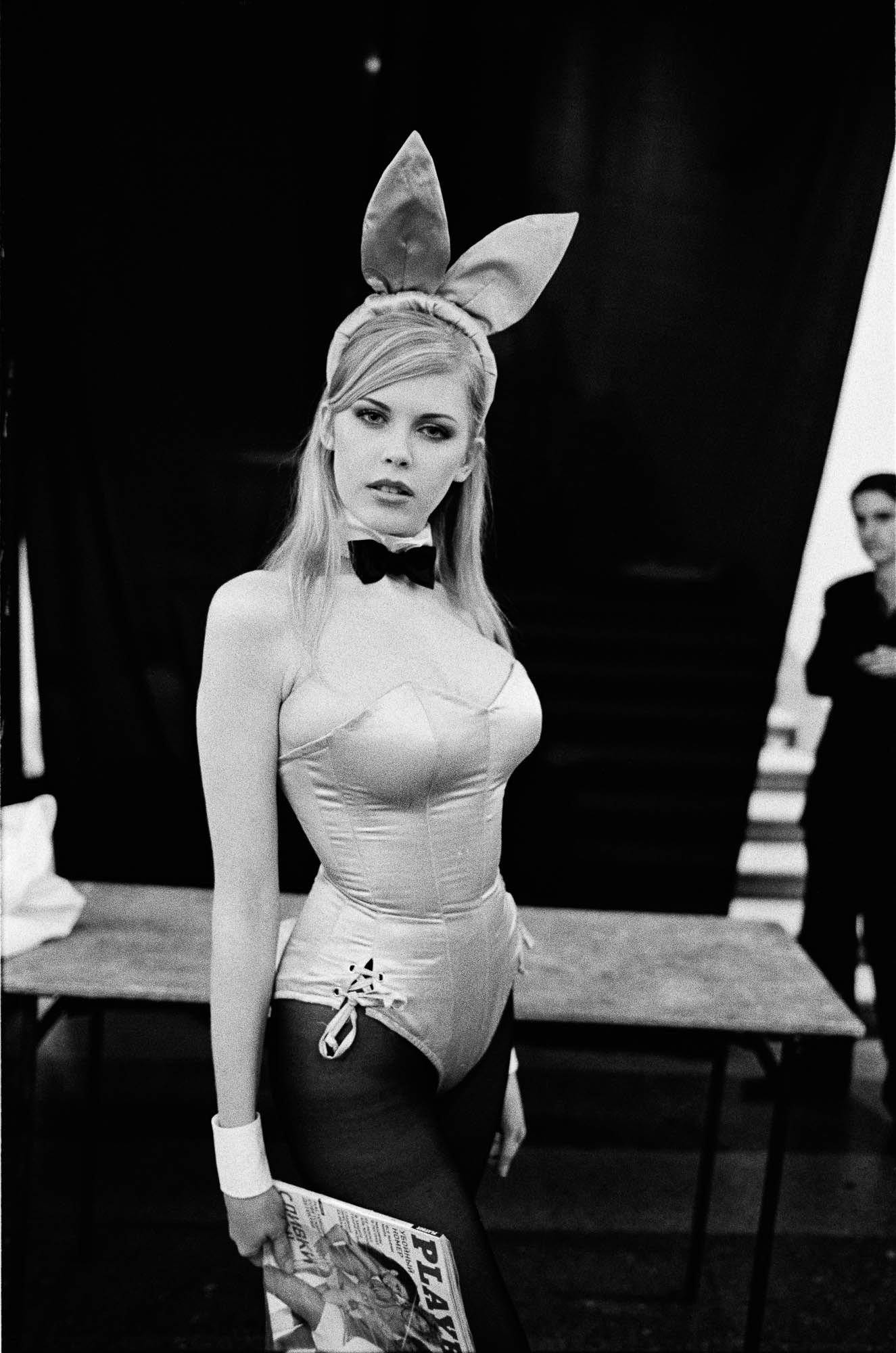
"There is no sex in the USSR "- this sentence pronounced during a "tv-bridge" (a popular form of a TV talkshow at the time, broadcasted live, linking Russia and the United States) in 1986, became phraseological. Nevertheless, according to its author, Liudmila Ivanova, its original meaning has been deformed. It was took out of context, the hole proposition being "there is no sex in the USSR, there is only love."
The exhibition "Body.Revealed" is a non-exhaustive exploration of the presence of the body as an erotic symbol in the space-time of the Soviet era from Perestroika until today, through its representations in photography. With the works of Antanas Sutkus, Igor Savchenko, Igor Mukhin, Evgeny Mokhorev, Vaclovas Straukas, Margo Ovcharenko or Dasha Yastrebova, by allusive keys or more direct images, through the poses and postures, thtough alive or marble models, the RTR gallery traces the question of the body and the sexual tension revealed by it.
In the Soviet era, under the influence of the Communist Party, with its dogmas and obligations, the body has become a working tool (ranging up to abusive exploitation). It is a symbol of propaganda, depending on imposed life models, including hard work and specific conduct. However, the body and nature were stronger than orders: we find in Igor Moukhin series "Monuments" (1985-2001) the flesh or metal cast of athletes and other Stakhanovists ... a real sex appeal as in the Greek statues and there is nothing surprising about it : the inspiration was, at that time, the powerful Roman times.
In his small prints, Igor Savchenko, based on vernacular photography, reveals us many things. In privacy, Soviet citizens often kept postures and official uniforms, even when the body was revealed, it was part within the "line of the Party." However, in some images from the series "Alphabet of gestures" (1990-1993) by Igor Savchenko, we are discovering what the official photograph was hiding at the time: the desired body, embellished, soft or sometimes free.
It is true that Igor Moukhin and Igor Savchenko worked after the fall of the USSR, and thereby allow themselves amore liberal interpretations of the subject. Soviet photography was careful not to show body outside the ideology. The only place on the map of the USSR where photographers had taken the liberty to speak, was in the Baltic States, especially Lithuania, " the Photographic Republic" as it was called at the time. In Antanas Sutkus portraits, the body is dressed in a fashionable way and reveals other things such as feminine pride, temptation, affection and complicity with the photographer. In the famous series "The Last Bell" by Vaclovas STRAUKAS we see how the childhood is going away: the schoolgirls are present more like women, not as innocent girls.
With the arrival of the Perestroika, all barriers fell (the moral barriers included). The body becomes the currency, the woman becomes an object, a consumer product. Igor Moukhin's photographs from that period perfectly testify this tipping from prohibition towards anarchy, when the woman, sometimes with certain clumsiness, exposes herself and brags. It is crude, cash, unequivocal.
In the series "26th element. Kronchtadt" (2001-2005), Evgeny Mokhorev creates an alphabet of bodies melted into the landscape of the legendary fortress. The bodies of young people facing these structures, reminiscent of a ship, do resonate the space into a rythmic music with the sound of revolution and constructivism.
The new generation, as elsewhere in the world, is facing the same doubts and fears. It seeks refuge, as in Margo Ovcharenko's photographs, in a melancholy, sometimes dreamy, sometimes acute and tortured. We also find more liberated, and, oddly, more classical expressions in Dasha Yastrebova's series "Without Shame", photographs of young people of Moscow artistic gotha.
In doubt or confidence, in the seduction or shyness, strength or weakness - everything is played on and around the body, and photography reveals it in an accurate and unvarnished way. Take it or leave it.
